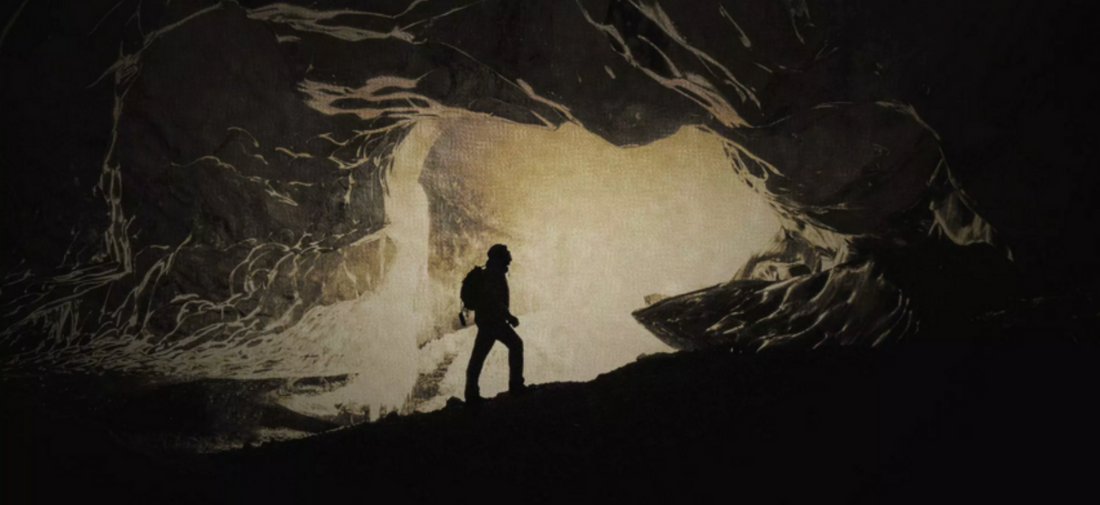
The 5 Best Replica Watches for Extreme Expeditions
Share
### In this Article, We'll Explore Northern Greenland, Dive into the Depths of the Oceans, Climb the World's Most Dangerous Mountain, Take a Spacewalk, and Fly Over the English Channel
We've compiled a list of 5 watches that have been an integral part of some of the greatest expeditions ever undertaken. One thing is certain: almost every record-breaking endeavor has been accompanied by a watch.
1) The British North Greenland Expedition
In 1952, a team composed of British military personnel, civilian scientists, and a Danish army officer embarked on a mission to conduct extensive geological, meteorological, climatic, and physiological research in Northern Greenland. During the two years spent in the frozen lands, the researchers, led by Commander James Simpson RN, recorded a record low temperature of -66.1°C (-87°F), discovered that the Greenland ice sheet is 2,700 meters (8,900 feet) thick, and learned that the human body needs 8 hours of sleep per night.
Throughout the expedition, each explorer wore a Tudor Oyster Prince (ref. 7809). Hans Wilsdorf, founder of Rolex and Tudor, even asked the mission members to provide the company with a report on the performance of this model. They compared the accuracy of their watches with the daily time signals broadcast by the BBC. The watches proved to be very reliable; moreover, Tudor used the analyses conducted by the team to market the Oyster Prince. Today, the Tudor Oyster Prince is not as sought after as the larger Rolex versions, but the achievements of this model are nothing to envy compared to the brand with the crown.

2) Jacques Cousteau's Underwater Missions
Many watches bring to mind the famous French oceanographer Jacques Cousteau and the crew of the Calypso. The most notable are the Blancpain Fifty Fathoms, the Rolex Submariner, and the Omega Seamaster Ploprof. Another watch worn by Cousteau on many of his dives is the Doxa SUB 300T. The original model, with its distinctive orange dial, caught Cousteau's attention, leading him to add the black and yellow "Aqua Lung" logo of his company on the orange dial and launch this edition on the U.S. market.
Although the SUB 300 was Doxa's response to the growing popularity of scuba diving, no representative of the company could have predicted that it would become the preferred watch of the most famous diving team of the era. In addition to the orange dial version, Cousteau, his sons Jean-Michel and Philippe, and other crew members wore the black "Sharkhunter" version during numerous expeditions. This contributed to the popularity and credibility of the Doxa brand. If you want to purchase one of the original watches worn by Cousteau and his team, you will need a lot of patience and a substantial budget.

3) Louis Blériot and the English Channel Crossing
In 1908, the English newspaper Daily Mail inaugurated a competition, offering a cash prize to anyone who could successfully cross the English Channel by airplane. The attempts were to be made in the order of registration, and the Frenchman Hubert Latham had precedence over Louis Blériot. Latham's attempt ended in a crash landing; Blériot seized the opportunity and began preparations for the 40 km flight from Calais to Dover. At the time, such a distance was considered impossible to cover by airplane.
On July 25, 1909, at 4:41 AM, Blériot took off with his Zenith Type XI watch, the predecessor of the Zenith Type 20 introduced in the 1930s. The company had supplied this model to many pilots in the early 1900s. Blériot's Zenith featured a massive, fluted crown and luminescent hands and numbers, a typical feature of pilot watches of that era. Three years after the Channel crossing, Blériot sent the following notification to Zenith: "I am extremely satisfied with the Zenith watch, which I use regularly, and I highly recommend it to people seeking precision." Eloquent words from the author of a phenomenal feat.
4) Lino Lacedelli and Achille Compagnoni Conquer the Summit of K2
While many think Mount Everest, with its height, is the most challenging mountain to climb, mountaineers will tell you that K2 is actually the most demanding. Numerous rumors circulate about the watches worn by Edmund Hillary and Tenzing Norgay during their conquest of Everest. However, there is no doubt about the first watches worn on the summit of K2.
In 1954, on the occasion of the 90th anniversary of the Italian Alpine Club, 14 Italian climbers participated in a mission to become the first to conquer K2. The group of daredevils wore Vulcain Cricket watches, known for their ability to withstand the most difficult conditions. The expedition set up base camp at the foot of the world's second-highest peak, located in a remote area on the border between China and Pakistan. On July 31, 1954, Lino Lacedelli and Achille Compagnoni, accompanied by their Vulcain Cricket watches, became the first men to reach the summit of K2, located at 8,611 meters. Given that it is one of the world's most dangerous mountains, this achievement is still considered one of the most incredible ever accomplished. And the Vulcain Cricket played a crucial role in this extraordinary adventure.
5) Alexey Leonov's First Spacewalk
We all know that the Omega Speedmaster Professional was the first watch on the Moon: this is perhaps the most important story in the watch universe. However, the first watch to enter space was the Poljot Strela. On March 18, 1965, Russian cosmonaut Alexey Leonov wore this watch as he left the Voskhod 2 capsule to become the first man to perform a spacewalk.
However, the short walk did not go as planned. The spacesuit malfunctioned when the cosmonaut left the Voskhod 3KD. The suit began to inflate and stiffen almost immediately. The spacewalk lasted 12 minutes and 9 seconds, at the end of which Leonov had to manually depressurize the suit before re-entering the spacecraft's airlock. The crew faced further problems before Leonov and his mission partner Belyayev could finally sit for re-entry. This caused a 46-second delay in the landing procedure. Consequently, the capsule missed the intended landing zone by nearly 400 km. The spacecraft landed in the forested region of the Western Urals, where bears and wolves and dangerously low temperatures awaited them. The rescue team would not arrive until the following day. Throughout all these adversities, Leonov's Poljot Strela Chronograph functioned perfectly, becoming the first watch in space and a legendary timepiece.

